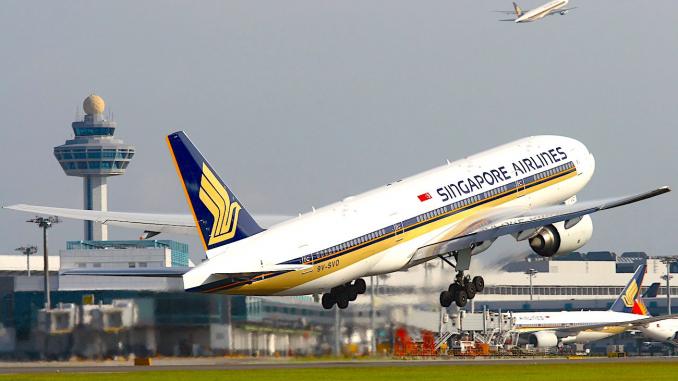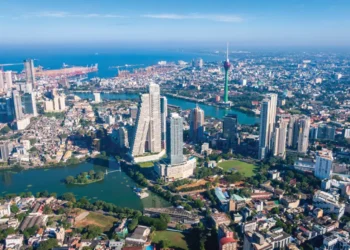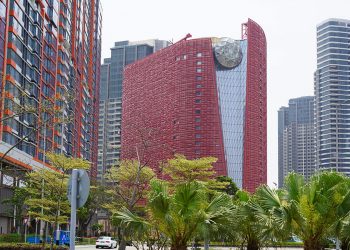Singapore’s Changi Airport emerged as the busiest airport in Asia in the three months to 30 June 2022, recording more than double the number of passenger movements than its nearest rival.
According to data compiled by analysis and consulting firm Sobie Aviation, Singapore handled 7.3 million passengers in Q2, with Delhi’s Indira Gandhi Airport and Bangkok’s Suvarnabhumi Airport coming in second with 3.2 million each, followed by Seoul Incheon Airport with 2.9 million and Kuala Lumpur International Airport with 2.6 million.
This was in stark contrast to Hong Kong International Airport (HKIA) – for long by far the busiest airport in Asia – which fell out of the top 10 with just 591,000 passengers, the South China Morning Post reports. HKIA handled 19.1 million passengers in 2019 ahead of Seoul Incheon (17.6 million), Changi (16.8 million), Bangkok Suvarnabhumi (12.3 million) and Taiwan’s Taoyuan Airport (also 12.3 million).
Changi’s new crown reflects Singapore’s eased COVID-19 controls, with the Ministry of Health having removed the last remaining border restrictions for fully-vaccinated travellers in April. Thailand, Indonesia, Malaysia, Vietnam and the Philippines have also dropped quarantine requirements and mandatory COVID-19 testing rules for arrivals.
Meanwhile, aviation analyst Brendan Sobie said the gap between Singapore and Hong Kong would continue to widen throughout the year due to Hong Kong’s quarantine requirements.
“To attract people to Hong Kong, you have to remove these requirements entirely, because everywhere else has,” he said.
Changi, he said, would likely recover to 70% of pre-pandemic passenger levels in 2022, up from 50% during the first half of the year. Hong Kong currently sits at around 5%, with some fearing long-term damage may already have been done.
“As most regions have already removed most restrictions, there is not much time left for Hong Kong,” Andrew Yuen Chi-lok from Chinese University’s Aviation Policy and Research Centre told the SCMP.
“If Hong Kong does not follow international practice in six to 12 months, there might be long-term impacts on its competitiveness as an aviation hub.”


































